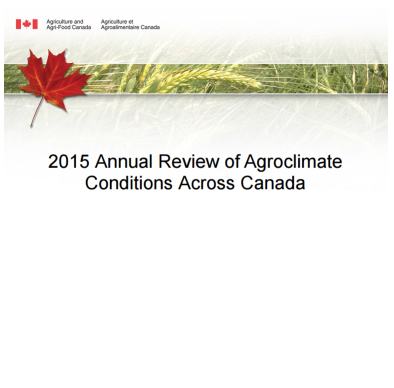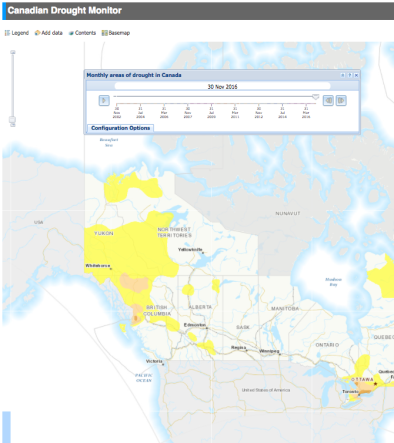Southwestern Canada Drought 2015
The drought that affected southwestern Canada during the spring and summer of 2015 was unusual in terms of its severity, extent, and impacts.
A 2016 attribution analysis finds that the drought in southwestern Canada was "likely an outcome of anthropogenically influenced warm spring conditions and naturally forced dry weather from May to July."
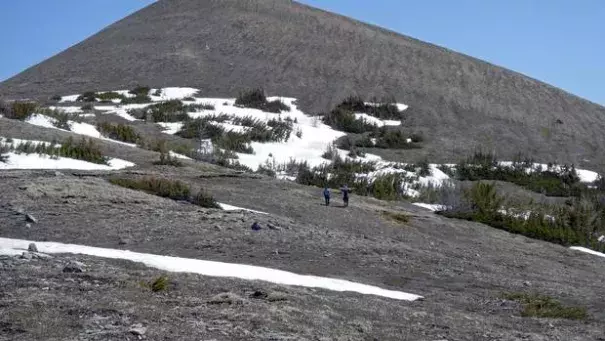

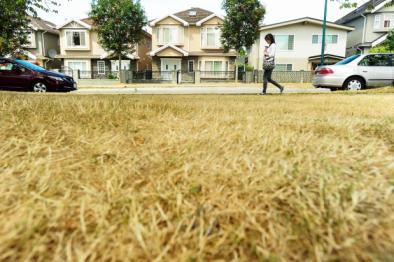
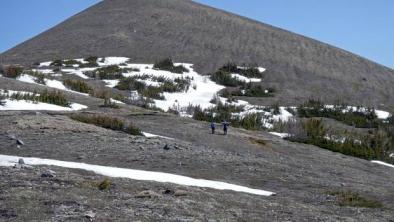
Warm spring conditions linked to Southwestern Canada's drought
The 2015 extreme southwestern Canada drought was "likely an outcome of anthropogenically influenced warm spring conditions and naturally forced dry weather from May to July," according to the fifth edition of "Explaining Extreme Events from a Climate Perspective" by the Bulletin of the American Meteorological Society.[1]
Although drought is common over western Canada,[2] the drought that affected the area during the spring and summer of 2015 was unusual in terms of its severity, extent, and impacts. British Columbia (B.C.) and Alberta were the most severely affected provinces. Vast areas in southern B.C. were assigned the highest possible (Level-4) drought rating by the B.C. government, several extreme-low streamflow advisories, and extreme wildfire risk ratings.
In Alberta, conditions were even drier, and the Alberta government declared the province an Agricultural Disaster Area by early August. The extreme dry and warm conditions also created one of the most active and longest wildfire seasons for western Canada, and some rivers ran at their lowest recorded flows since measurements began 80 to 100 years ago.[3] The extreme heat and dryness the region experienced in 2015 have raised concerns regarding the increased risk of extreme droughts in the area due to climate change.

